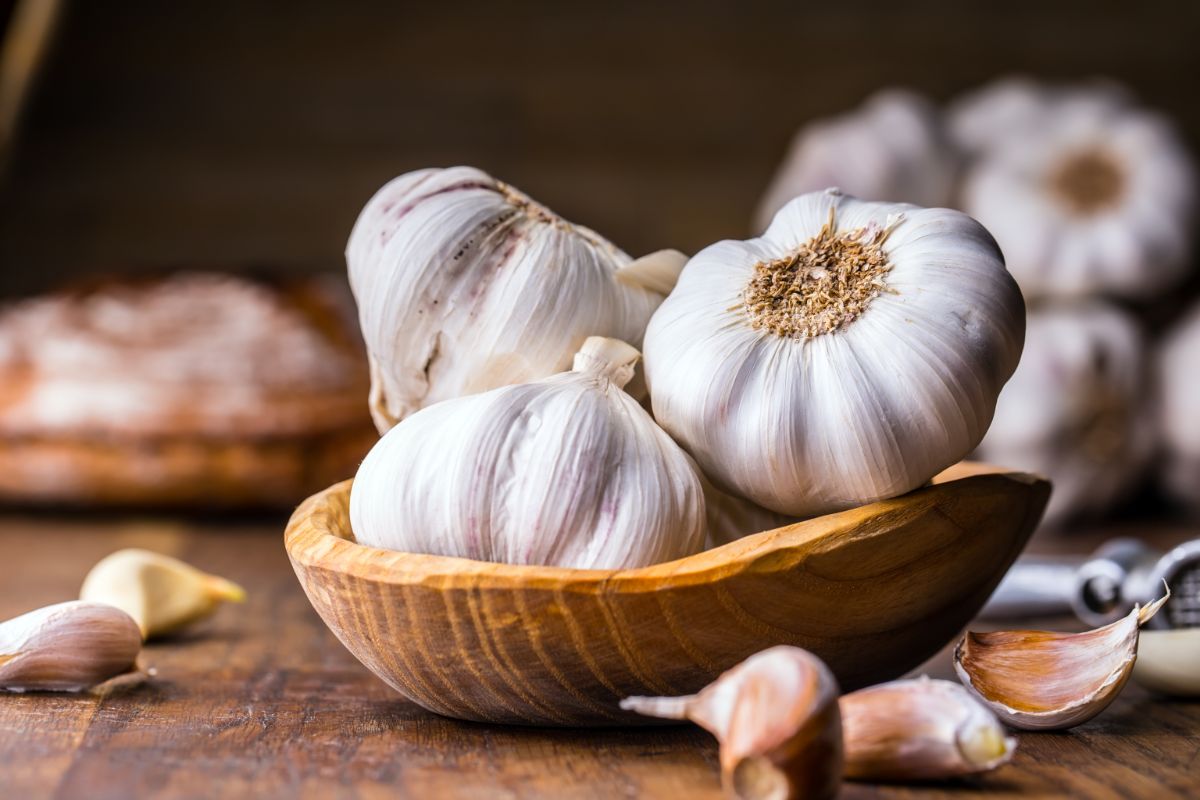
If you’re holding a head of raw garlic in your hand and wondering, “Can I microwave this?”, the answer is yes! Keep reading to learn how to soften garlic in the microwave.
Softening Garlic in the Microwave
Many people don’t have time to wait for garlic to soften in the oven or on the stove. Also, in the summer, turning your oven on to soften a bit of garlic is not ideal.
When you need to soften garlic quickly, use your handy-dandy microwave. You can soften garlic in the microwave by following the seven simple steps below.
What You Need:
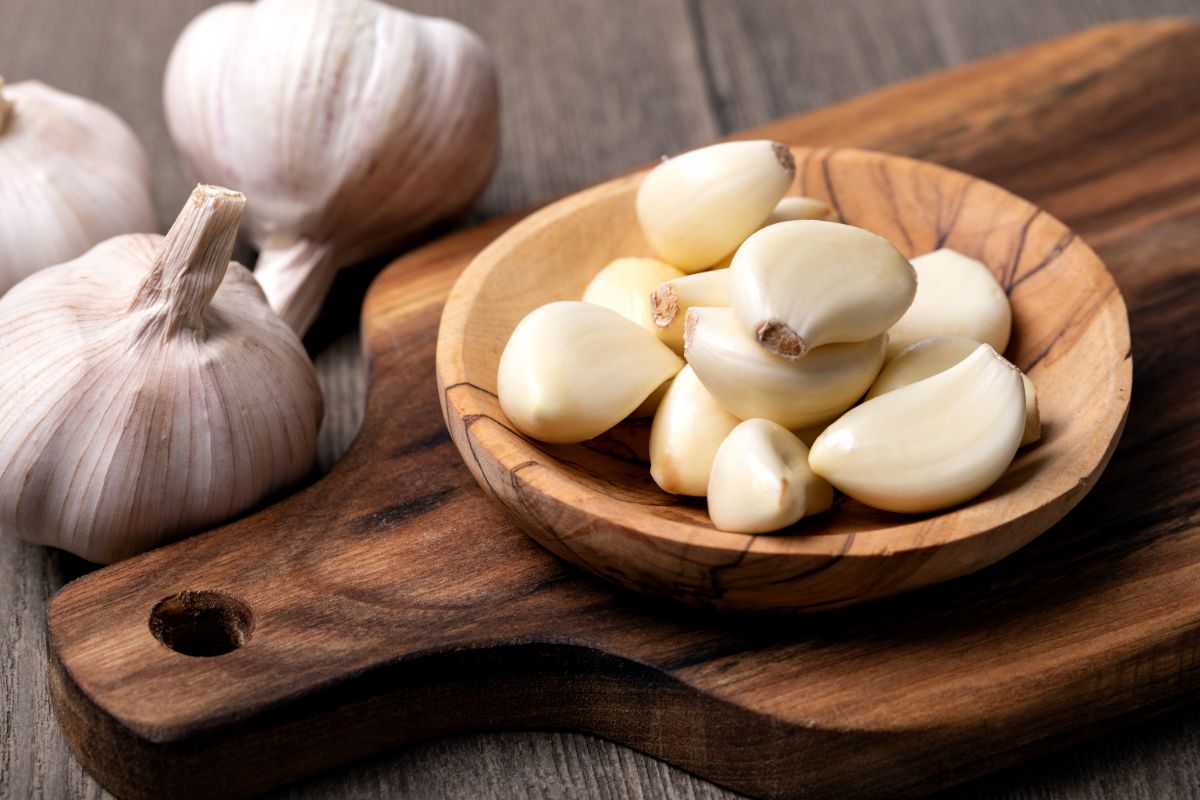
- One head of garlic or several cloves
- A microwave-safe bowl (preferably with a lid)
- Microwave-safe plate
- Olive oil
- Salt
- Water
- Microwave
Steps to Microwaving Garlic
- Trim the head of the garlic, the flimsy white paper portion of the head. Trim it to expose the various bulbs inside the garlic head. Do not throw away the trimmed part.
- Place the garlic head in a microwave-safe bowl with equal or higher sides than the garlic head.
- Add two tablespoons of tap water to the bowl.
- Drizzle olive oil over the garlic head (preferably extra virgin). Don’t be shy; use a few teaspoons!
- Add a pinch, or 1/16th of a teaspoon, of salt. Sprinkle it directly on top of the garlic head.
- Place the trimmed top back on the garlic head and cover the bowl with a microwave-safe plate or a microwave-safe cover.
- Microwave on medium for seven to ten minutes until the garlic is super soft and easy to smush.
Pros of Microwaving Garlic
If you’re unsure about microwaving garlic, consider the pros below, which can save you time and effort in the kitchen.
- Microwaving garlic is a much faster way of softening it than roasting it in the oven.
- Microwaving garlic is almost identical to blanching it, which is a long process of boiling the garlic bulbs.
- Peeling microwaved garlic is much easier than peeling raw garlic.
Cons of Microwaving Garlic
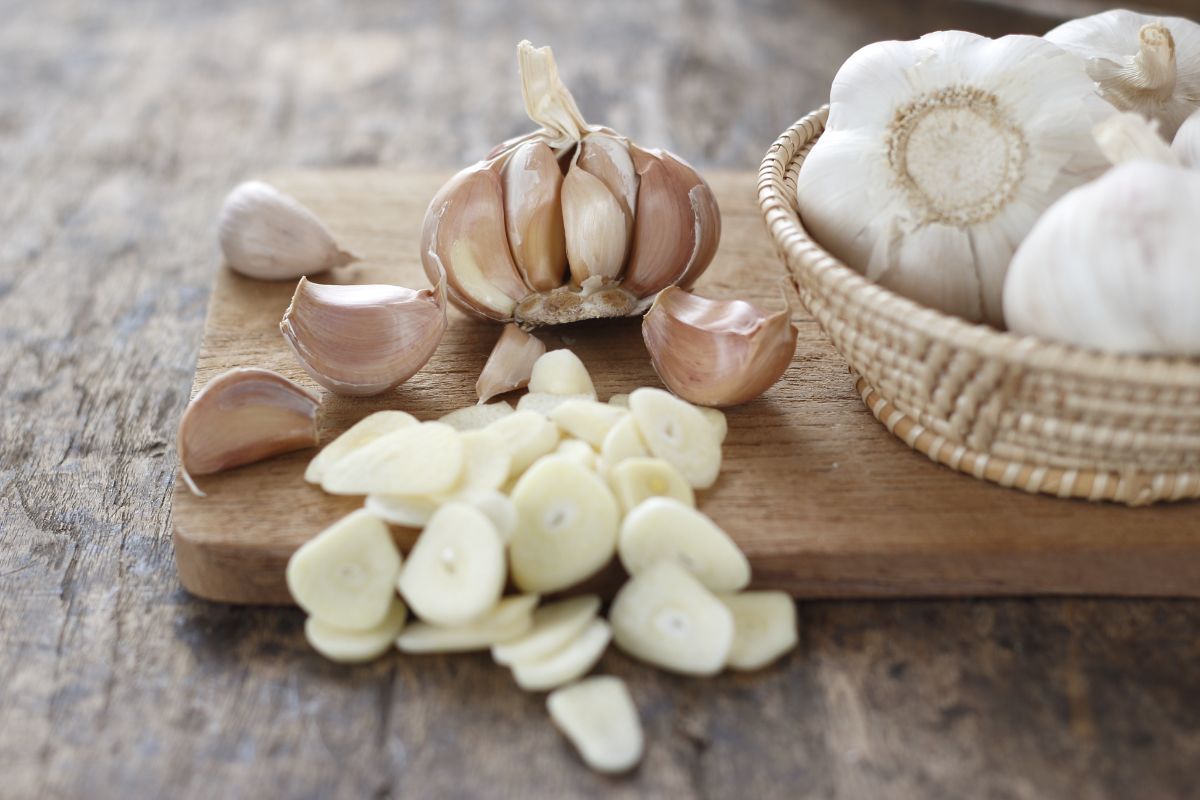
While microwaving garlic can be a handy kitchen hack, there are some downsides. These downsides specifically concern the health properties that people commonly associate with garlic.
- Microwaving garlic can reduce its anti-cancer properties.
- Microwaving garlic can reduce its enzymatic properties, reducing its aroma and pungent taste.
- Raw garlic is much healthier for you.
- Garlic can spark in the microwave.
Other Ways To Soften Garlic
If the cons of microwaving garlic outweigh the pros, there are other ways to soften garlic where you can avoid the microwave and still get the mild, earthy flavor you want. All these methods will give you smushy and aromatic garlic, perfect for any savory meal.
Oven-Roasted
While roasting a head or individual bulbs of garlic in the oven takes considerably more effort and time than microwaving garlic, the results are often better.
Slow roasting a head of garlic delivers a robust flavor and will make your kitchen smell wonderful. If you roast it long enough to get a slight char on the outside, the flavor is even more prominent in the final dish.
Pan-Roasted
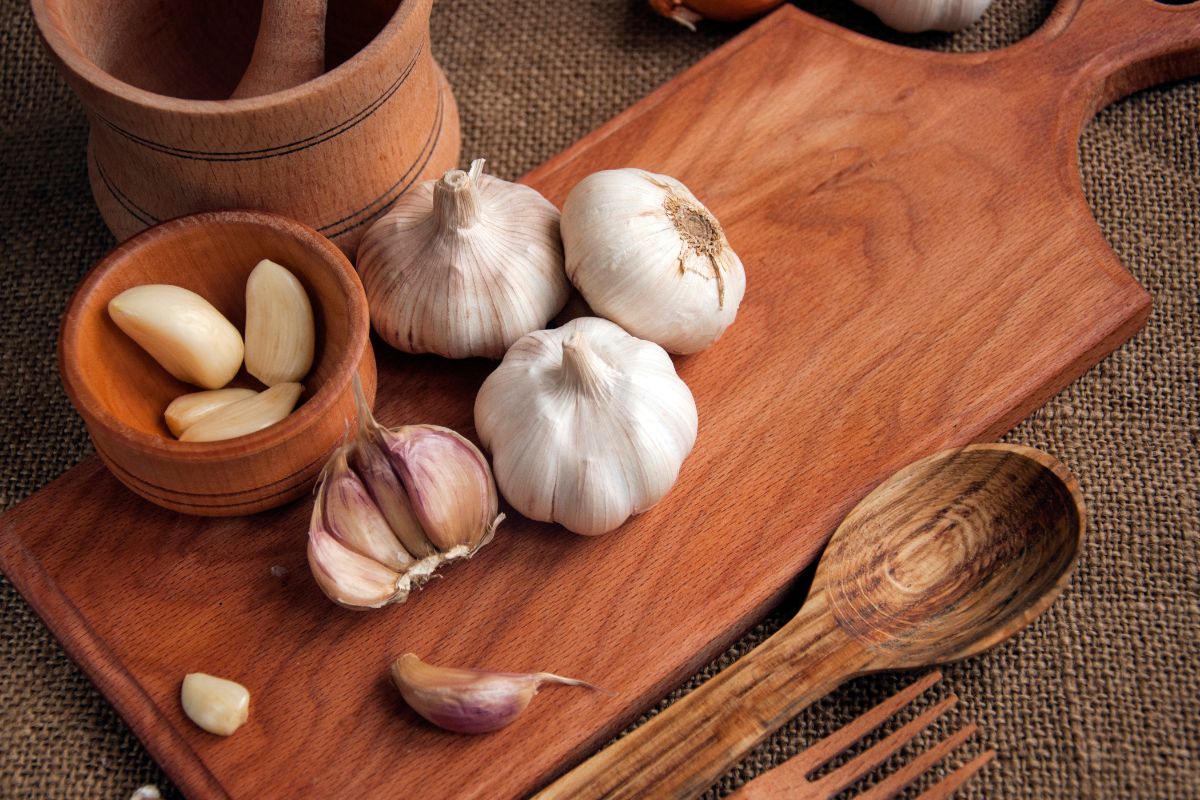
You can also soften garlic on the stove by pan-frying it. Add olive oil or butter to a saute pan, and then add the garlic. For this method, it's best to peel the garlic first, but you don’t have to. Let it saute until you can easily smash a clove with a fork or spoon.
Grilled
If you already have your grill out and on, you can toss your head of garlic in to soften it up and bring out the flavors. Grilling uses a similar process to microwaving. Drizzle your garlic with olive oil, sprinkle it with salt, and then wrap it up and tin foil and leave it on the grill for up to 30 minutes.
Boiled
Boiling garlic is a great way to soften it without having to add any other ingredients, like olive oil. You can boil garlic bulbs or an entire head in a pot of water. Or boil it in milk to make it extra soft and mild.
Steamed
To steam a head of garlic, just put it in a pot or pan with a few tablespoons of water. Use about a centimeter of water. Cover it with a tight lid and let it simmer on medium until the garlic softens.
Pickled
Pickling garlic to soften is a more unconventional method, but it will work! This method is great if you want to imbue the garlic with other flavors, like red pepper chili flakes.
There are plenty of recipes for pickled garlic, and most consist of spices, vinegar, and an airtight jar. The downside of this method is that it can take days or weeks.
Final Note
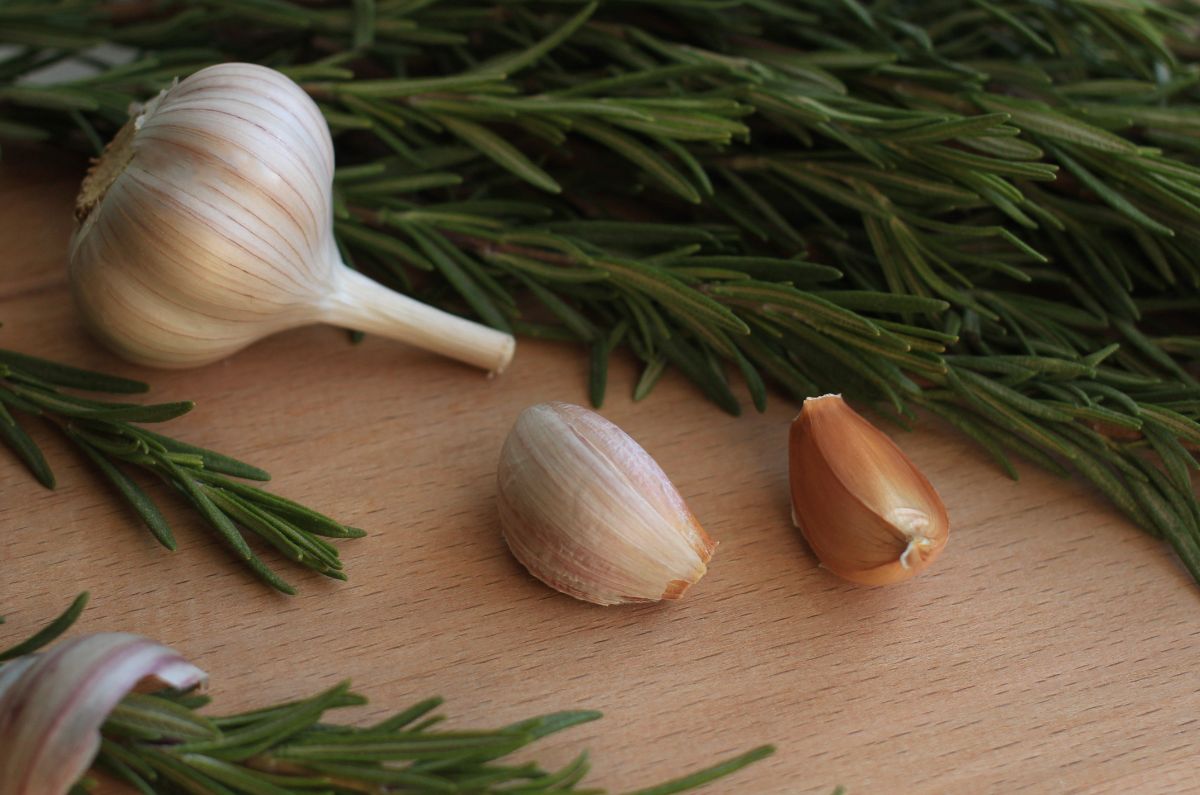
In the end, there is no harm in microwaving your garlic in a pinch. Not every home cook has time to do everything in the kitchen, so sometimes the microwave can be your best friend.
And it’s always better to have garlic in a recipe than go without that familiar, warm, nutty flavor.
FAQs
If you have more questions about softening garlic in the microwave, refer to the commonly asked questions below.
Does microwaving garlic make it easier to peel?
Yes, microwaving garlic makes it easier to peel. Rather than struggling to dig your fingernails into the peel and tear it off, the garlic bulbs will pop out of the papery skin!
Can you burn garlic in the microwave?
Not only can you burn garlic in the microwave if you leave it in too long or put the microwave on too high, but it also can spark or explode.
When you see sparks or food in the microwave explode, this is “arcing.” It happens to foods high in minerals, like iron, magnesium, and selenium. Garlic is one of these foods, so monitor it carefully.
What does it mean to “mellow” garlic?
“Mellowing” garlic is just a fancy way of saying softening garlic. People call it mellowing because raw garlic has a super pungent taste, while when cooked and softened, garlic is much more earthy and palatable.




